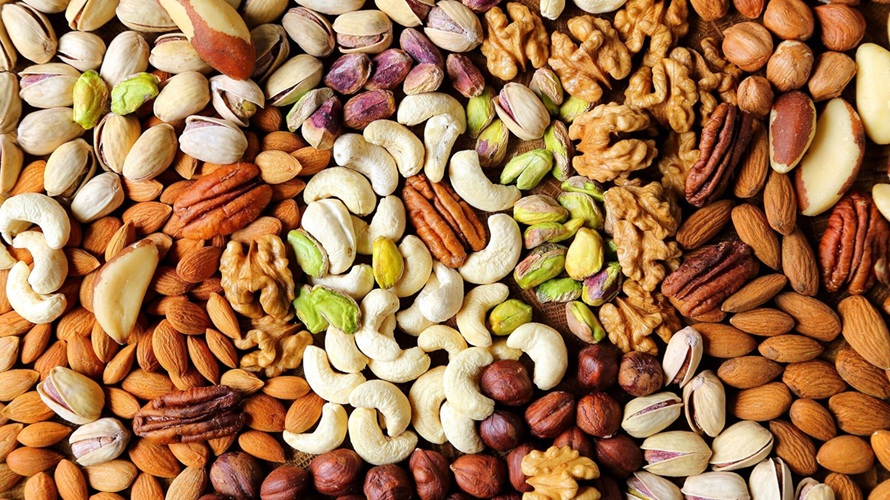Kolkata : Setting up of a Groundwater Mission can help develop an action plan for tackling problems like arsenic and fluoride pollution, storage anomalies and the alarming dwindling of freshwater resources that plague the South Asian region, a new book edited and partly written by an IIT don and other experts contends.
The mission, on the lines of the Drinking Water Mission, could play a pivotal role in formulating and implementing an initial plan based on feedback received from key working groups on groundwater, says Indian Institute of Technology-Kharagpur (IIT-Kgp) Associate Professor Abhijit Mukherjee, the editor of the soon-to-be-published “Groundwater of South Asia”.
“The working groups would be on aquifer mapping and delineation, recharge systems and well-use efficiencies, groundwater-power co-management, demand management of aquifers and on groundwater legislation,” suggests the book, partly authored by Mukherjee and his students, and partly by invited stalwarts across the globe who have worked in South Asia.
Attached to the Department of Geology & Geophysics in the institute’s School of Environmental Science and Engineering, Mukherjee has worked in different parts of South Asia, looking at groundwater issues for almost two decades.
The South Asian region, comprising Afghanistan, Bangladesh, Bhutan, India, Myanmar, Nepal, Pakistan and Sri Lanka, is the world’s most populous and densely-populated region. It occupies approximately four per cent of the world’s land area but supports over 25 per cent of the global population.
Despite being drained by three of the world’s large river systems that discharge huge volumes of water, sediments and nutrients to the Arabian Sea and Bay of Bengal, almost half the water that enters the South Asian hydrologic system is dissipated by poorly understood and quantified processes.
“The region faces acute shortages of drinking water and other usable water, as it is witnessing rapid rise in water demand and change in societal water-use pattern because of accelerated urbanisation and change in lifestyles,” Mukherjee told IANS in an e-mail.
“Although South Asia is home to some of the highest-yielding aquifers of the world, the distribution of usable groundwater in the region is not uniform and there is a growing concern about the availability of safe water in many areas like wide portions of the Brahmaputra, Ganges and Indus basins due to presence of natural contaminants.
“Of these, the presence of elevated concentrations of arsenic and fluoride has been widely observed,” says the book, dwelling at length on arsenic pollution in the Ganges, Indus, Brahmaputra, Meghna and Kabul basin and fluoride pollution in the Indus basin.
“The distribution of arsenic concentrations within the basin may seem to be extremely heterogeneous and even patchy due to the integrated effect of the geomorphology, geology, hydrostratigraphy, depth, lithology (study of the general physical characteristics of rocks), bio-geochemical environment and anthropogenic (relating to, or resulting from the influence of human beings on nature) influences. Among the anthropogenic factors contributing to arsenic contaminations are ground-water abstractions, land use patterns, fertilisers and sewage,” says the book, while calling the arsenic contamination of groundwater in the Bengal Basin “the largest mass poisoning in human history.”
The 799-page book, divided into 44 chapters and published by Springer, also refers to extensive pumping of groundwater in the region, leading to lowering of the water table and enhanced inflow of oxygen-rich surface waters which “perturbs the redox state of the aquifers and may mobilise arsenic”.
The authors studied the groundwater storage (GWS) anomaly in the Indian subcontinent by using a combination of satellite and global land surface model-based outputs between 2003 and 2014, and observed “rapid declination” of GWS in northern and eastern regions of the subcontinent.
Mukherjee warned that the water crises might further aggravate with the predicted climate change and melting of the high-altitude glaciers that feed the hydrological system of South Asia.
“However, the existing knowledge is extremely heterogeneous. While some regions of these countries provide most studied natural groundwater system of the world, there is barely any knowledge existing from other areas… Also, the extent and effect of other emerging and unidentified groundwater contaminants like nitrate, pesticides, radiogens, antibiotics etc. are yet to be accounted for,” Mukherjee said.
The book also contains preambles of some of the themes written by globally eminent groundwater researchers like Cliff Voss of the US Geolgoical Survey, Matt Rodell from NASA, Science Director of the British Geolgoical Survey Martin Smith, AUS scientist Alan Fryar and eminent water economist Tushaar Shah.
(Sirshendu Panth can be contacted at s.panth@ians.in )
—IANS






0 Comments